
-
| 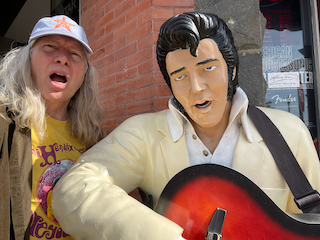
-
| 
-
|
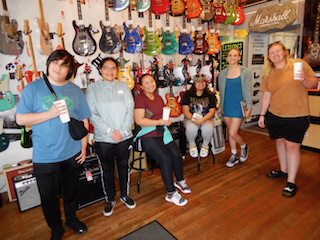
-
| 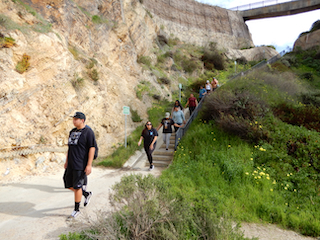
-
| 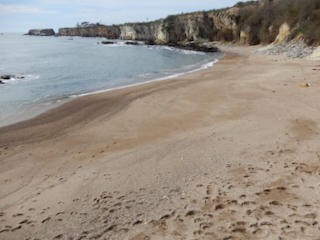
-
|

-
| 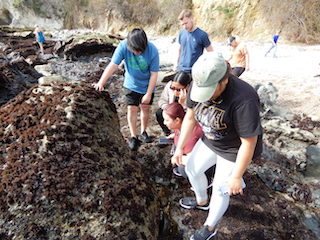
High-mid zone with red algae, Endocladia muricata and Mastocarpus spp.
| 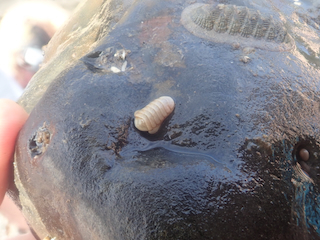
Leptochiton rugatus (red-footed Leptochiton) see
evidence for
tissue hemoglobins
|
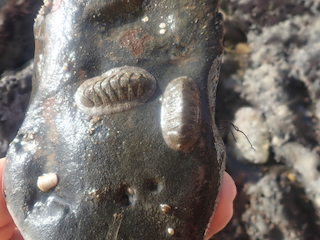
Lepidozona cooperi (Cooper's chiton)
| 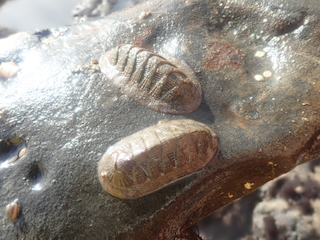
-
| 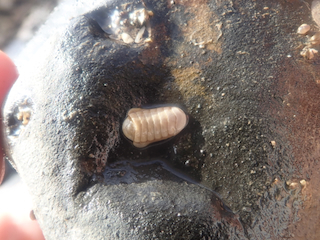
-
|
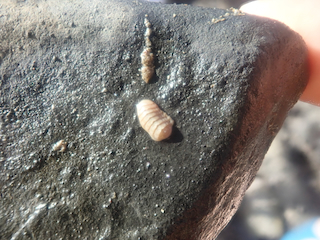
-
| 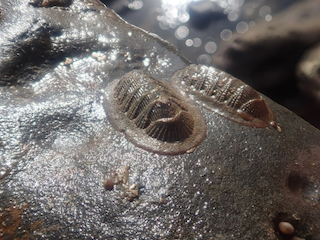
-
| 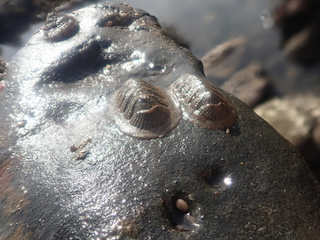
-
|
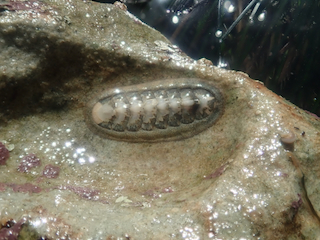
-
| 
Stenoplax heathiana (Heath's chiton)
| 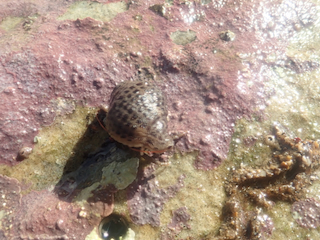
Acanthinucella ?punctulata>
|
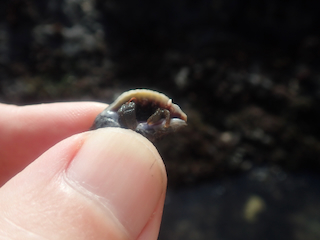
-
| 
Phidiana hiltoni (fighting Phidiana or pugnacious aeolid)> - is expanding
its range northward according to Goddard et al. 2011
| 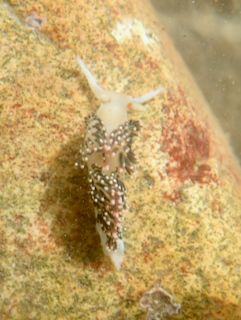
-
|
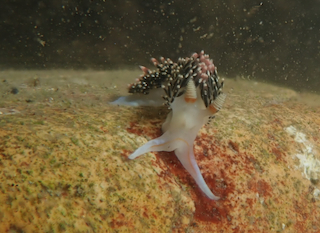
-
| 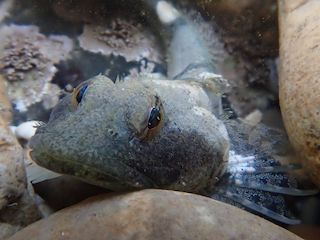
sculpin (unidentified)
| 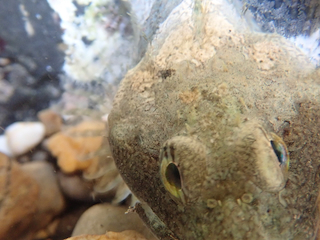
-
|
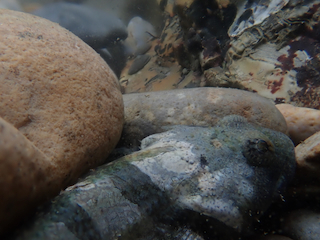
-
| 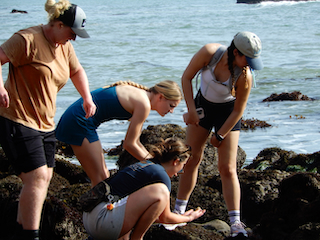
-
| 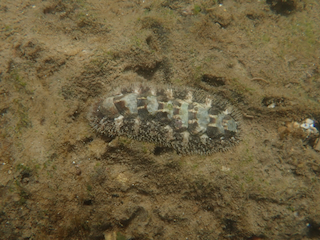
Nuttallina sp.
|
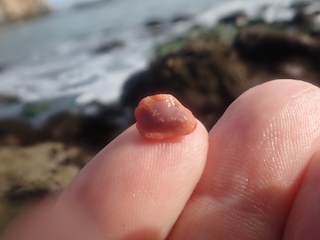
-
| 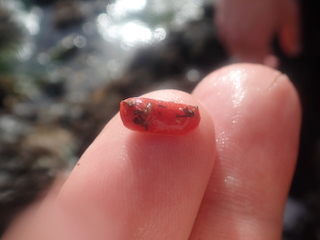
Lissothuria nutriens is a sea cucumber that attaches to substrates with a sole-like underside. We saw
about six of them, which is the most I have ever seen on one day.
| 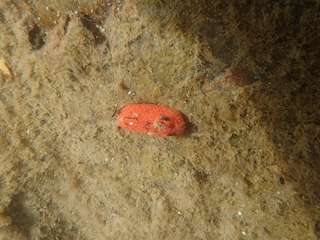
-
|
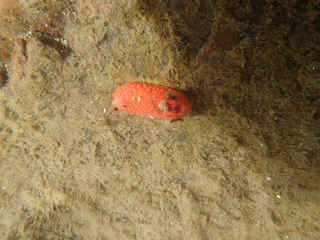
-
| 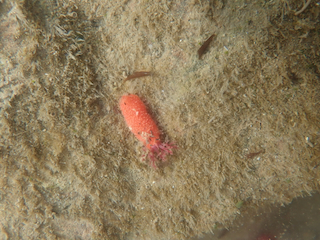
-
| 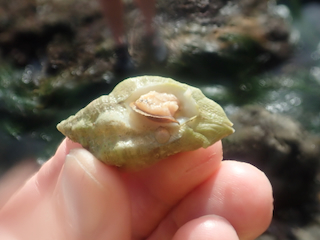
Ceratostoma nuttalli (Nuttall's hornmouth)
|

-
| 
-
| 
-
|

-
| 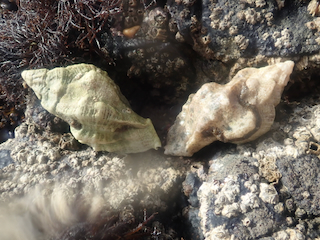
-
| 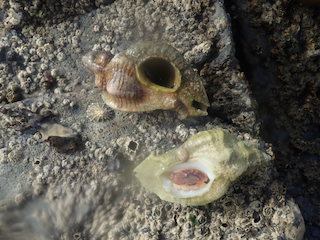
At top is a Pteropurpura festiva (festive murex) shell with a hermit crab, above a
Ceratostoma nuttalli (Nuttall's hornmouth).
|
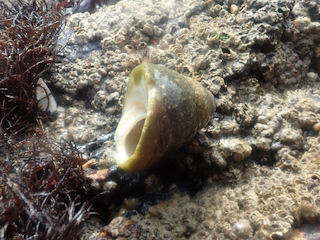
-
| 
-
| 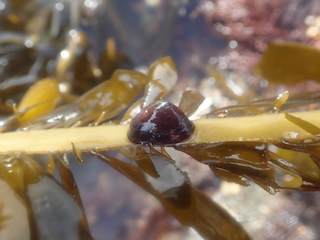
Lottia insessa (seaweed limpet) on Egregia menziesii
(feather boa kelp)
|

-
| 
-
| 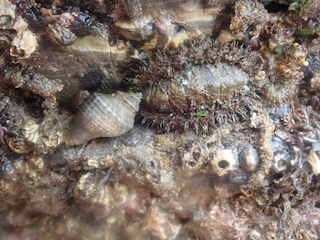
Acanthinucella spirata and Mopalia muscosa
|

-
| 
-
| 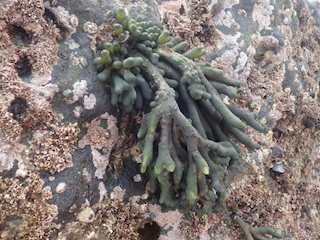
Codium fragile (dead man's fingers)
|

-
| 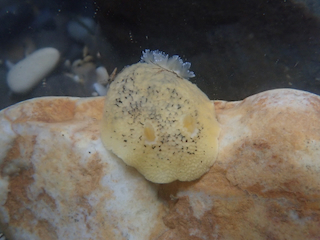
Peltadoris nobilis (sea lemon)
| 
-
|
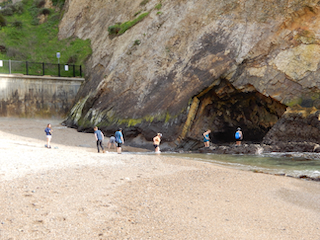
-
| 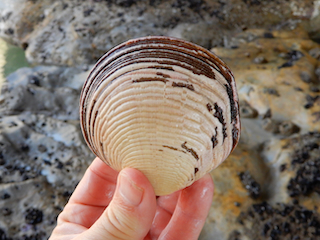
This Semele decisa (clipped Semele)
appears to be a new northernmost distribution record, extending the distribution of live specimens northward from near Point Conception,
about a 65 mile drive to Shell Beach, SLO Co., CA. The species is known as a Pleistocene fossil from the vicinity of Tomales Bay.
| 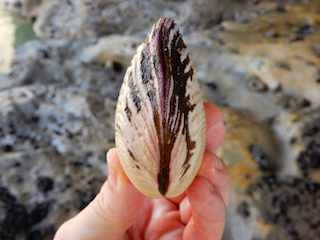
-
|
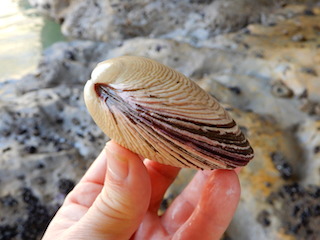
-
| 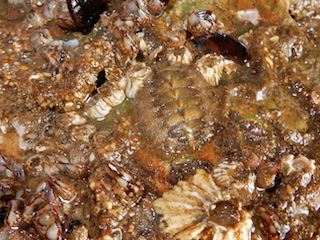
Mopalia hindsii (Hinds' chiton)
| 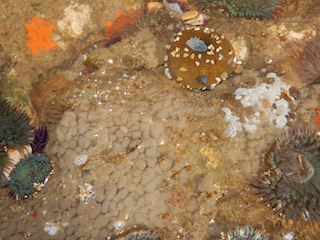
-
|

I believe the striking white compound tunicate is the white variant of
Distaplia occidentalis Bancroft, 1899 (formerly D. californica). It can also be purple, red, pink, yellow, or grey,
according to Sept's (2023) New Beachcomber's book. The drab-colored one around it could be Eudistoma ritteri (yellow-lobed tunicate).
| 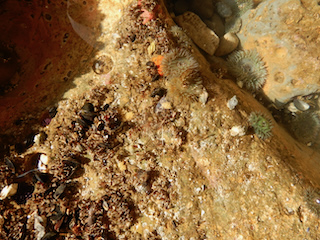
-
| 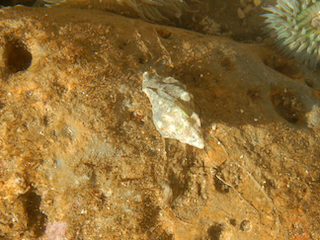
-
|

Anthopleura xanthogrammica (giant green anemone)
| 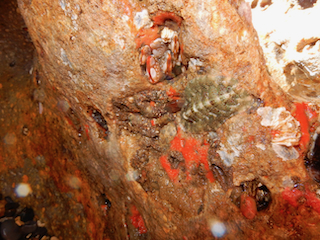
Mopalia spectabilis
| 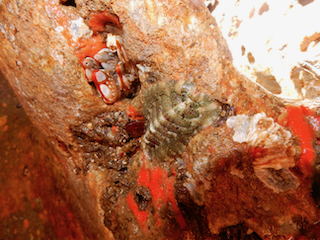
-
|

Mopalia hindsii
| 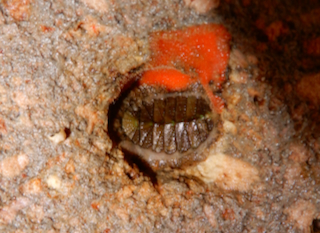
-
| 
-
|
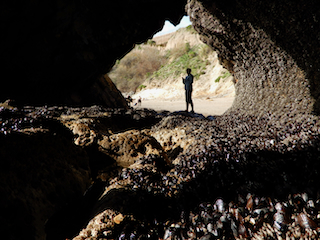
-
| 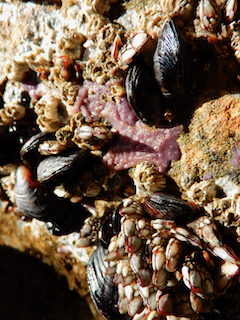
The sponge could be as listed in J. Duane Sept's New Beachcomber's Guide to Seashore Life of California (2023)
identified as Haliclona cinerea, which WoRMS has "documented" an eastern Atlantic species,
H. (Reniera) cinerea (Grant, 1826). It might instead be what Gary MacDonald refers to as Haliclona (Haliclona) sp. A
Hartmann, 1975. It is in the middle of Mytilus californianus and Pollicipes polymerus, with the latter having the "red lips"
that are typical inside sea caves, for unknown reason as far as I know. John Pearse always thought that someone should investigate these.
| 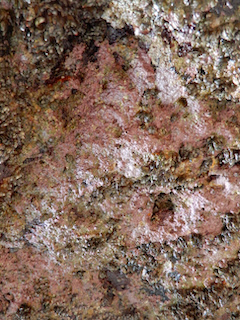
-
|
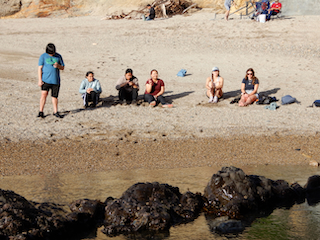
-
| 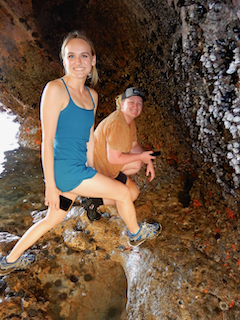
-
| 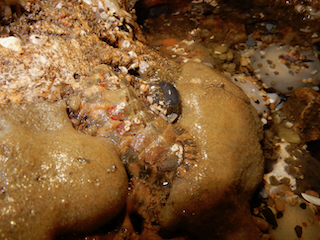
Mopalia spectabilis
|
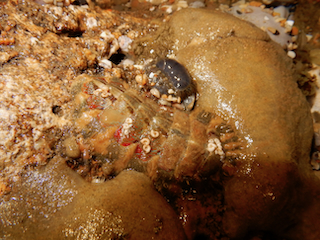
-
| 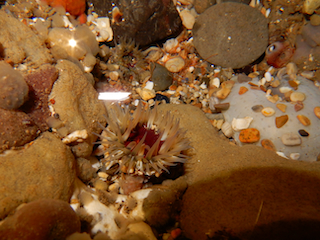
Anthopleura artemesia (moonglow anemone)
| 
-
|
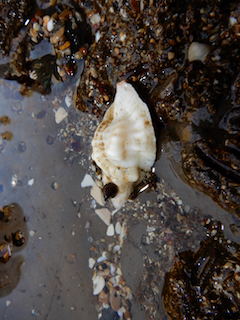
-
| 
boring pholad siphons with Anthopleura sola
| 
-
|

-
| 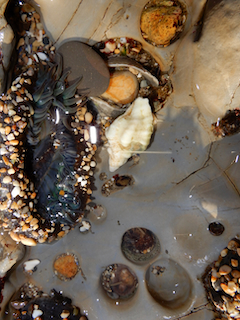
-
| 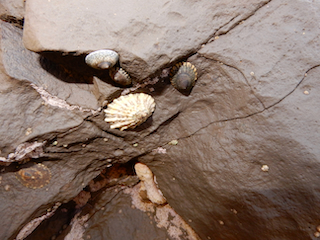
Lottia spp. (L. scabra, probably L. austrodigitalis, and L. pelta)
|
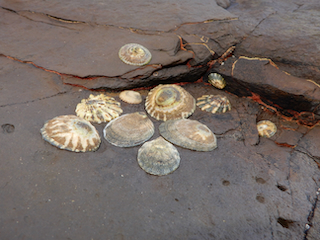
Mostly finger limpets, probably L. austrodigitalis,
with some L. scabra.
| 
-
| 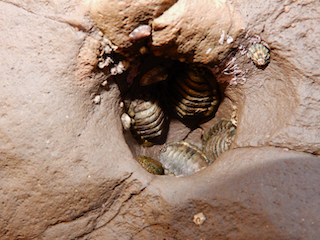
Cyanoplax hartwegii (Hartweg's chiton)
|
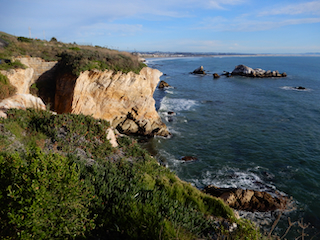
-
| 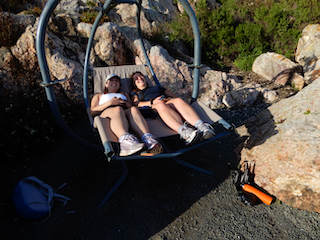
-
| 
-
|
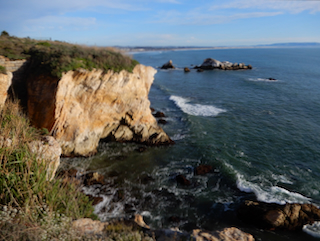
-
| 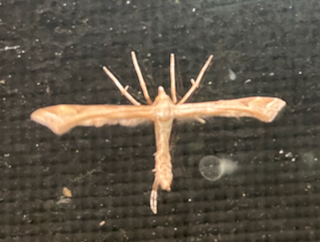
-
| 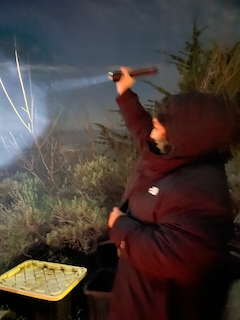
-
|
 Under Construction!
Under Construction! Under Construction!
Under Construction!